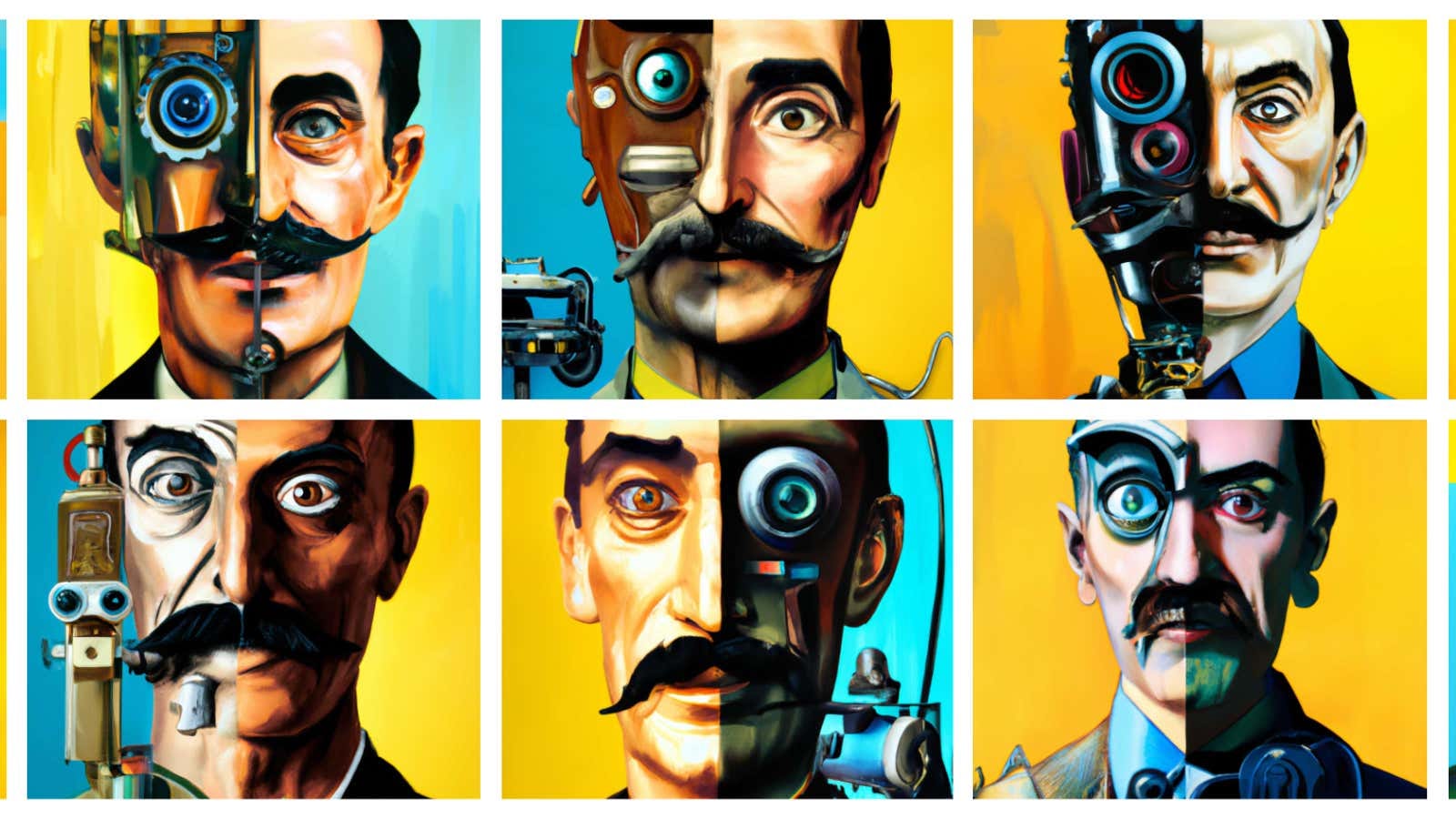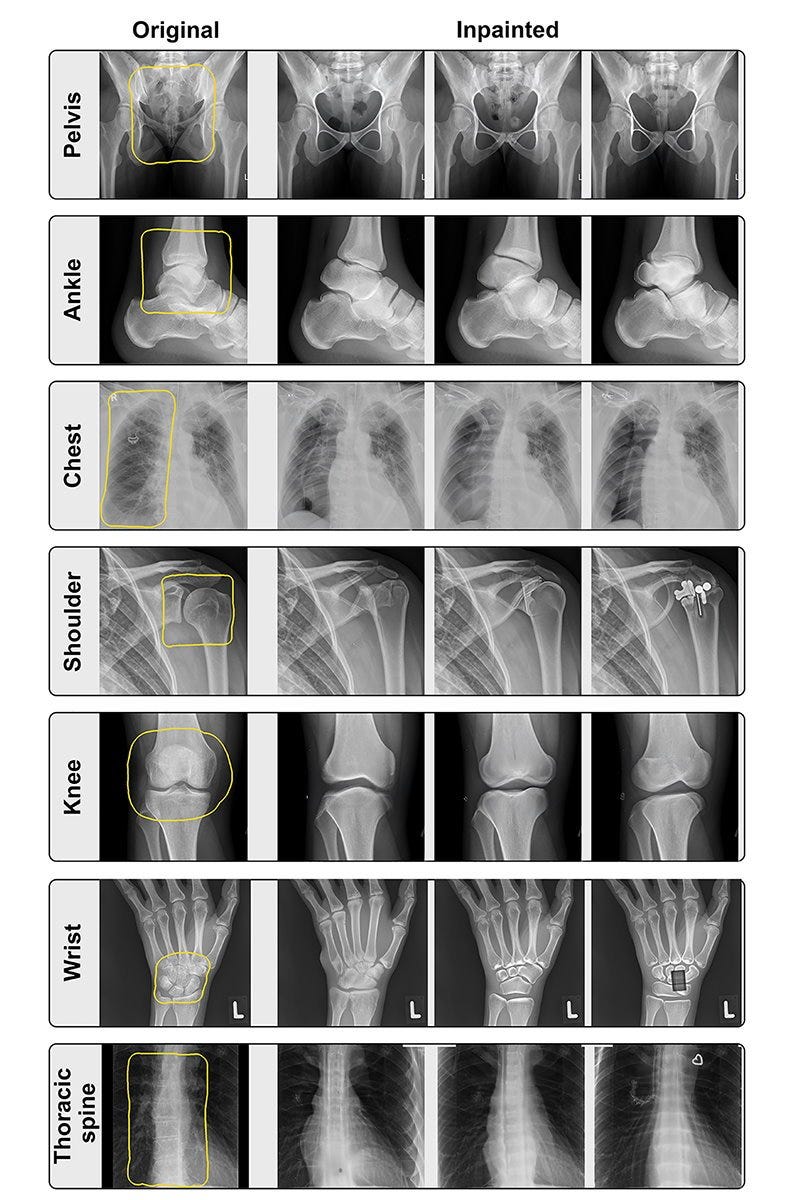
Introduction to DALL-E and Monica AI
What is DALL-E?
Developed by OpenAI, DALL-E is an artificial intelligence program known for its ability to generate images from textual descriptions. It uses a 12-billion parameter version of the GPT-3 language model to understand and create visual content based on written prompts.
Introducing Monica AI
Monica AI is another innovative AI developed to assist in personalized customer interactions. Its capabilities include natural language processing to understand and respond to customer queries effectively, improving customer service experiences. Monica AI aims to enhance customer engagement and satisfaction through its advanced AI technology.

The Technology Behind DALL-E and Monica AI
Deep learning and generative models
DALL-E and Monica AI leverage deep learning algorithms and generative models to provide advanced AI capabilities. These models enable the AI programs to process vast amounts of data, learn patterns, and generate responses that mimic human-like interactions.
Image and text synthesis
DALL-E excels in synthesizing images from textual descriptions, showcasing the fusion of image recognition and text understanding. On the other hand, Monica AI focuses on text synthesis to enhance customer interactions through natural language processing, elevating customer service experiences to new heights.

Applications of DALL-E and Monica AI
Being at the forefront of AI technology, DALL-E and Monica AI excel in creative content generation. DALL-E’s ability to synthesize images from textual descriptions showcases its prowess in combining image recognition and text understanding. On the other hand, Monica AI specializes in text synthesis, enhancing customer interactions through natural language processing, thereby offering an elevated customer service experience.
Personalized AI interactions
DALL-E and Monica AI offer personalized AI interactions that elevate user experiences. Leveraging deep learning algorithms and generative models, these AI systems can process large datasets, learn patterns, and deliver responses that simulate human-like interactions. Whether it’s through creative content generation or personalized customer interactions, DALL-E and Monica AI redefine the possibilities of AI technology.

Ethical Considerations in Using DALL-E and Monica AI
When utilizing DALL-E and Monica AI, it’s crucial to consider privacy factors. These AI technologies interact with vast amounts of data, raising concerns about data protection and user privacy. Ensuring that stringent privacy policies are in place can help mitigate these risks and build trust with users when deploying AI solutions.
Bias in AI algorithms
Another ethical aspect to consider is the potential bias in AI algorithms used by DALL-E and Monica AI. Biases can inadvertently be integrated into the algorithms, impacting the outcomes and interactions with users. By conducting regular bias assessments and implementing measures to address any identified biases, organizations can strive towards fairer and more inclusive AI applications.

Advancements and Future Prospects for DALL-E and Monica AI
Looking ahead, the advancements and future prospects for DALL-E and Monica AI are promising. One exciting avenue is the integration of these AI systems with other cutting-edge technologies. By collaborating with complementary AI tools, DALL-E and Monica AI can enhance their capabilities and offer more robust solutions to users. Additionally, the potential use of these AI technologies spans across various industries, from healthcare to marketing. As they continue to evolve and improve, DALL-E and Monica AI hold the potential to revolutionize how businesses operate and interact with their customers, paving the way for a more efficient and engaging future.
Comments
Post a Comment